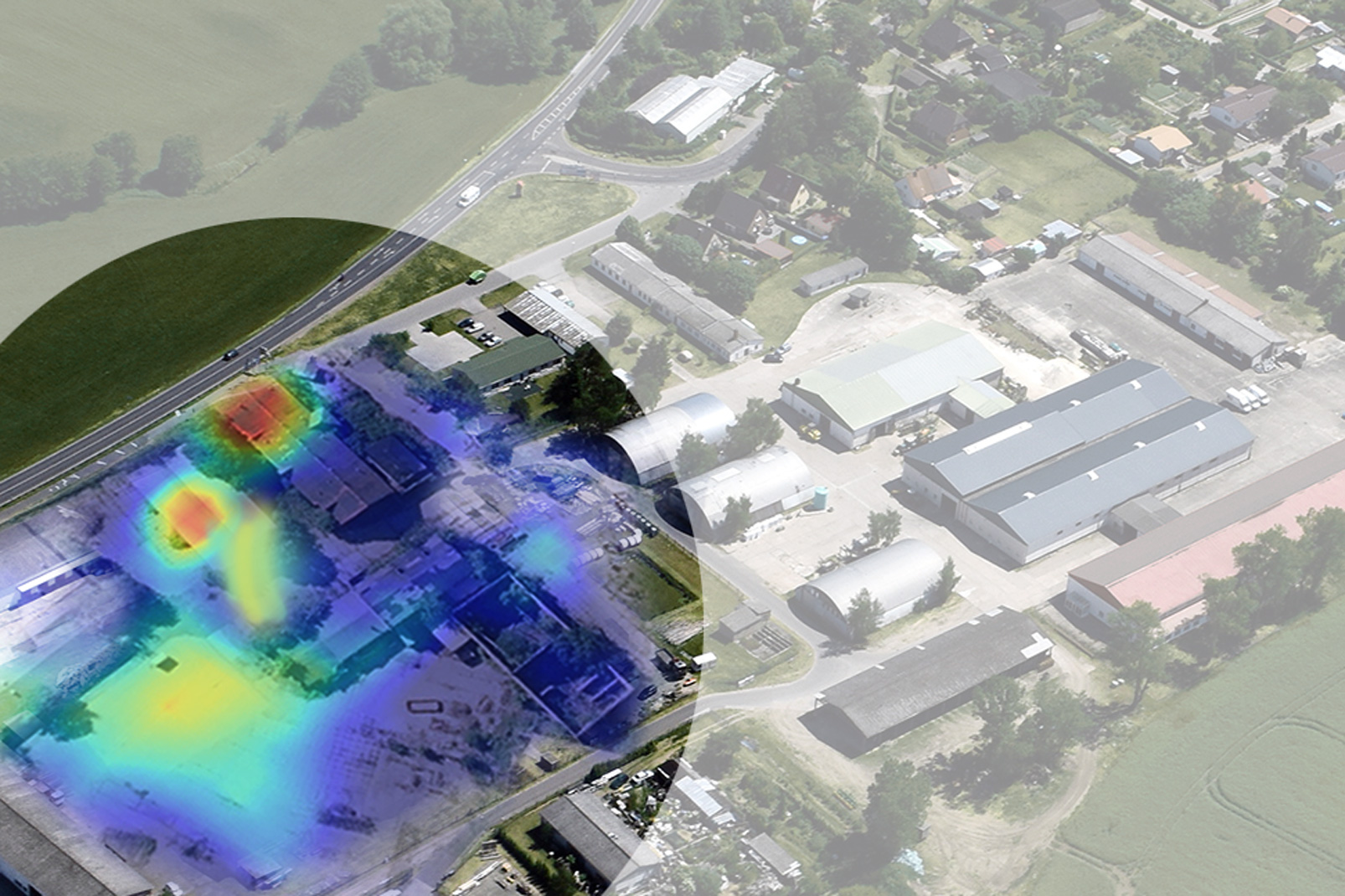
In the research focus »Data-centred spatial and risk research«, we use AI-supported methods based on geo- and remote sensing data as well as text and sensor analyses to increase civil security, promote resilient supply chains and enable more economical and sustainable location decisions.
Our experts combine economic framework data with their comprehensive understanding of the market and industry, with new methods for AI-supported image analysis and methods of empirical social research. In this way, complex economic relationships can be comprehensively analysed from a new perspective and spatially localised. For more transparency and certainty in decision-making.